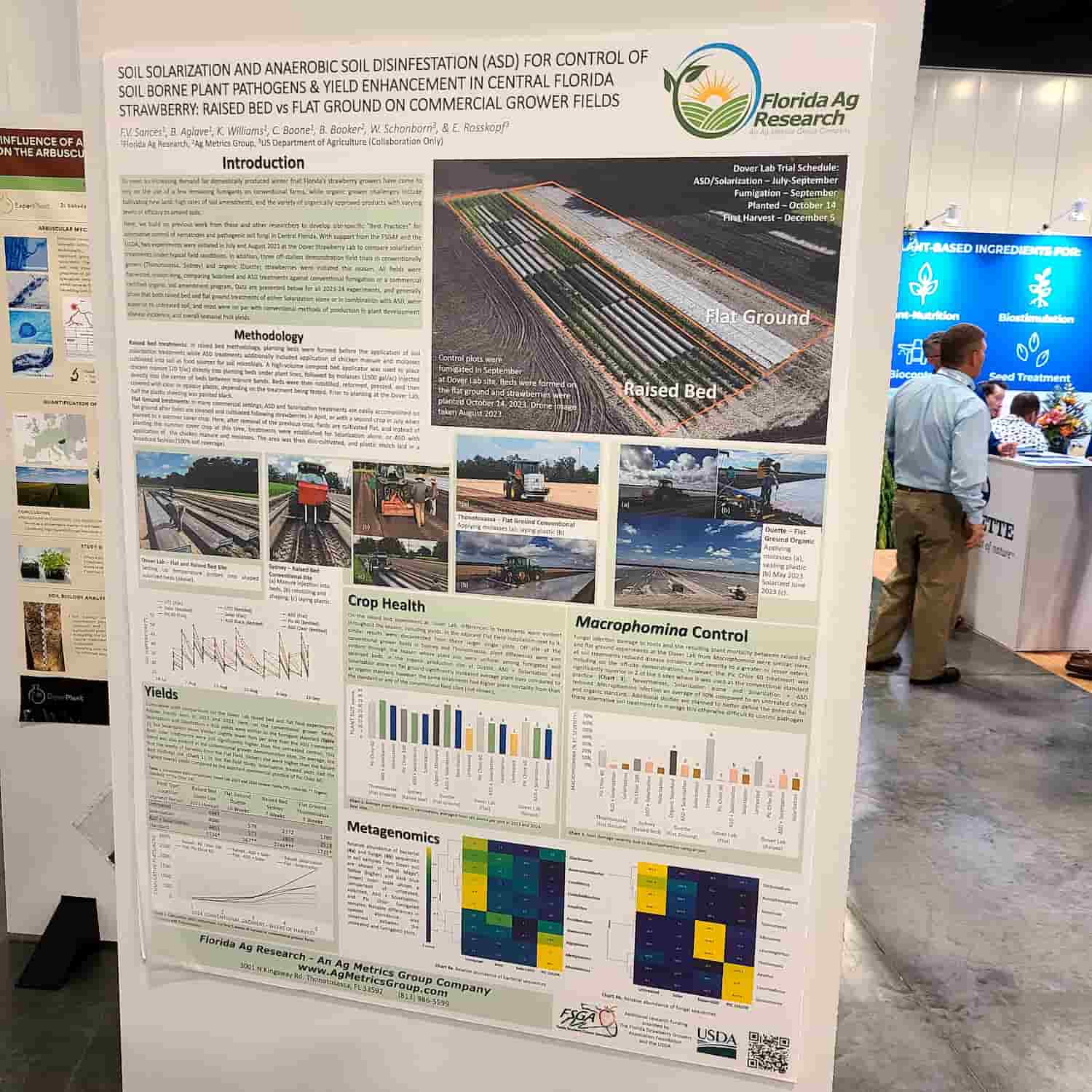Last month, the AgriThority® team traveled to Miami, Fla., to attend the Biostimulants World Congress. It was a great week connecting with the scientific community about the future of biostimulants. Throughout the presentations, panels and conversations at the conference, three key trends emerged.
1. Progress in the European Regulatory Landscape
In March of 2024, representatives in the EU Special Committee on Agriculture endorsed a targeted review of the common agricultural policy (CAP) proposed by the European Commission to simplify and reduce administrative burdens and provide greater flexibility for compliance.
Significant progress was made throughout the year, and on Dec. 9, the council unanimously approved a set of conclusions on a farmer-focused post-2027 common agricultural policy (CAP), toward a competitive, crisis-proof, sustainable, farmer-friendly and knowledge-based future EU agriculture. The goals of the policy are to ensure food security, guarantee a fair standard of living for the agricultural community, and set reasonable prices for consumers.
The CAP policy will provide incentives to accelerate biostimulant market growth through:
- incentivizing sustainable practices to advance biostimulant adoption.
- aligning with EU goals;
- creating demand among farmers; and
- positioning biostimulants for sustainability.
2. Increased Focus on Biostimulant Product Development
Product development is crucial for bringing any product to market, and it involves a few key elements. First, you need to define the product itself: the right rate, timing and method of application, the intended crops and target market. Second, you must address product registration and follow the correct regulatory process. Understanding this process from the start, along with your product’s mode of action and potential claims, helps ensure smooth navigation through the regulatory steps.
Consistency is essential in product development. A scattered approach often leads to more questions than answers and makes it harder to refine the product. While it may seem tempting to address everything with one protocol, this rarely works and can cause setbacks.
As products near market launch, companies often rush to test them in the field. While it’s exciting to see results, launching too early with customer trials can lead to negative first impressions, which are hard to overcome. A focused, disciplined product development plan is key to ensuring a positive experience for the grower.
3. Product Differentiation is Key in a Crowded Market
While the biological market is still in its relative infancy, an emerging concern is the risk that biological products will become commoditized, due to lack of differentiation in plant reaction to the product or substance as well as regulatory challenges. These factors have created a perception on the farm that there is a lack of “real differences” between products. That, along with budget constraints during a time of inflation, has slowed adoption.
To lower the barriers to market entry, new biological products should highlight their product differentiation by focusing on the results from R&D and promoting the science and product quality as differentiators. However, they must also make sure to use accessible, commercial marketing strategies.
When your new biocontrol technology is ready for product development, turn to AgriThority® for strategic and scientific expertise. Our global footprint is combined with our deep understanding of agricultural business, regulatory demands, market channels and producer dynamics. We help move your innovation from concept to commercial adoption.







